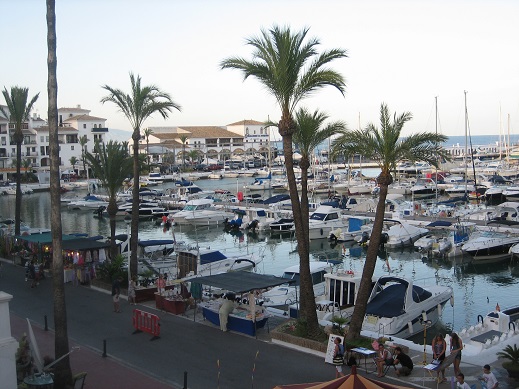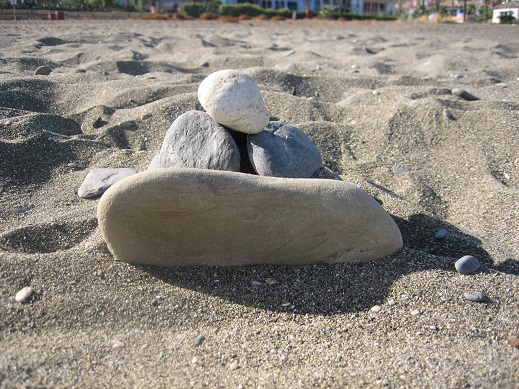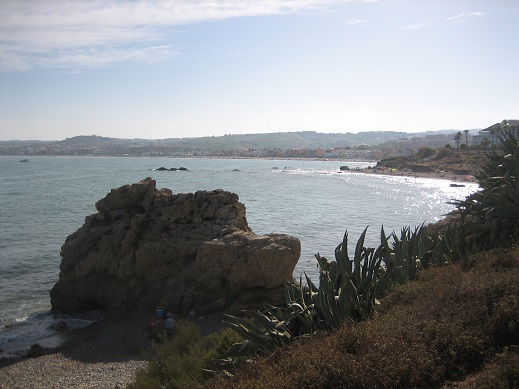- Nederlands
- English
- Español
Languages
Manilva
Manilva exists out of three parts: San Luis de Sabinillas, Puerto de la Duquesa and Castillo de la Duquesa
San Luis de Sabinillas
Better known as 'Sabinillas'. This fast-growing and vibrant city offers a lot to tourists. In the past, most of the habitants were workers in the sugar industry and fishermen. This part of the city is on its way to become the commercial and recreative center of the community Manilva.
|
|
The recently-built “Paseo Maritimo”, the sea avenue, has already a distance of 3 km to Castillo village. In the city there are a lot of squares, gardens, bars and restaurants. The "Blue Flag" beach stretches 1,650 meters from Puerto de la Duquesa to the Rio Manilva. It is also a "working beach" where local fishermen go for fishing. Restaurant keepers 'wait' for the fishermen to return and buy the 'catch of the day' to serve on that same day in their restaurant. During the summer, the beach is cleaned every day. Rescuers and first aid people are standbye to help wherever needed. This is a popular beach for tourists but also for the local population. A new sports complex is being built where residents and tourists will be able to practice several sports such as indoor soccer, swimming, paddle tennis and squash. The underground parking will help to solve parking problems in the summer. However, the planning is not yet defined...
|
Puerto de la Duquesa
Puerto de la Duquesa is situated halfway between Castillo de la Duquesa village in the west and the town of Sabinillas in the east. The marina complex is a picturesque harbor used by fishermen and pleasure boats.
|
Sea fishing is a popular recreation. Boats can be rented at reasonable prices. Also catamarans can be rented for a half or full day at sea. Sailing lessons can also be booked. The port itself is surrounded by beautiful apartments and a range of shops, bars and restaurants. This is an ideal place to relax in the afternoon. In the evening there are numerous local shops set up and you can enjoy local artists. The beautiful colors, smells and sounds coming from the bars and restaurants provide an atmosphere that stimulates the senses, so it is impossible not to enjoy. |
 |
Castillo de la Duquesa
This little village is situated on the West side of Puerto de la Duquesa. Its name originates from the 18th-century fortress that is built at the entrance of the fishing village. Its history goes back to the Roman period where it was a center known for its salted fish and its pasta known as Garum. These were quite popular by the Romans, as theyt brought great prosperity.
The remainings of the Roman settlements are located at the southwest of the castle next to the Plaza. The Banos is an old bathhouse and although closed by a gate, you can see the old boiler house with a large stone bath and pieces of the original mosaic floor.
Between the castle and the main road is the site of the Roman Villa. Only small pieces are still visible. The salt pans and fermentation tanks were located in the Northeast of the castle.
The castle itself was founded in 1760. The architect was Francisco Paulino. Since then, the building has had many destinations and is currently used for exhibitions and cultural events.
This is a very small village with its own church, Iglesia Nuestra Senora del Carmen and some charming squares and gardens. It also has some of the best seafood restaurants in the area.
There's also a seawall along the coast. It was built in 2002/2003, after a violent storm which had demolished a number of houses. This offers magnificent views of Africa, across the Mediterranean, Gibraltar in the west and Fuengirola in the east.




